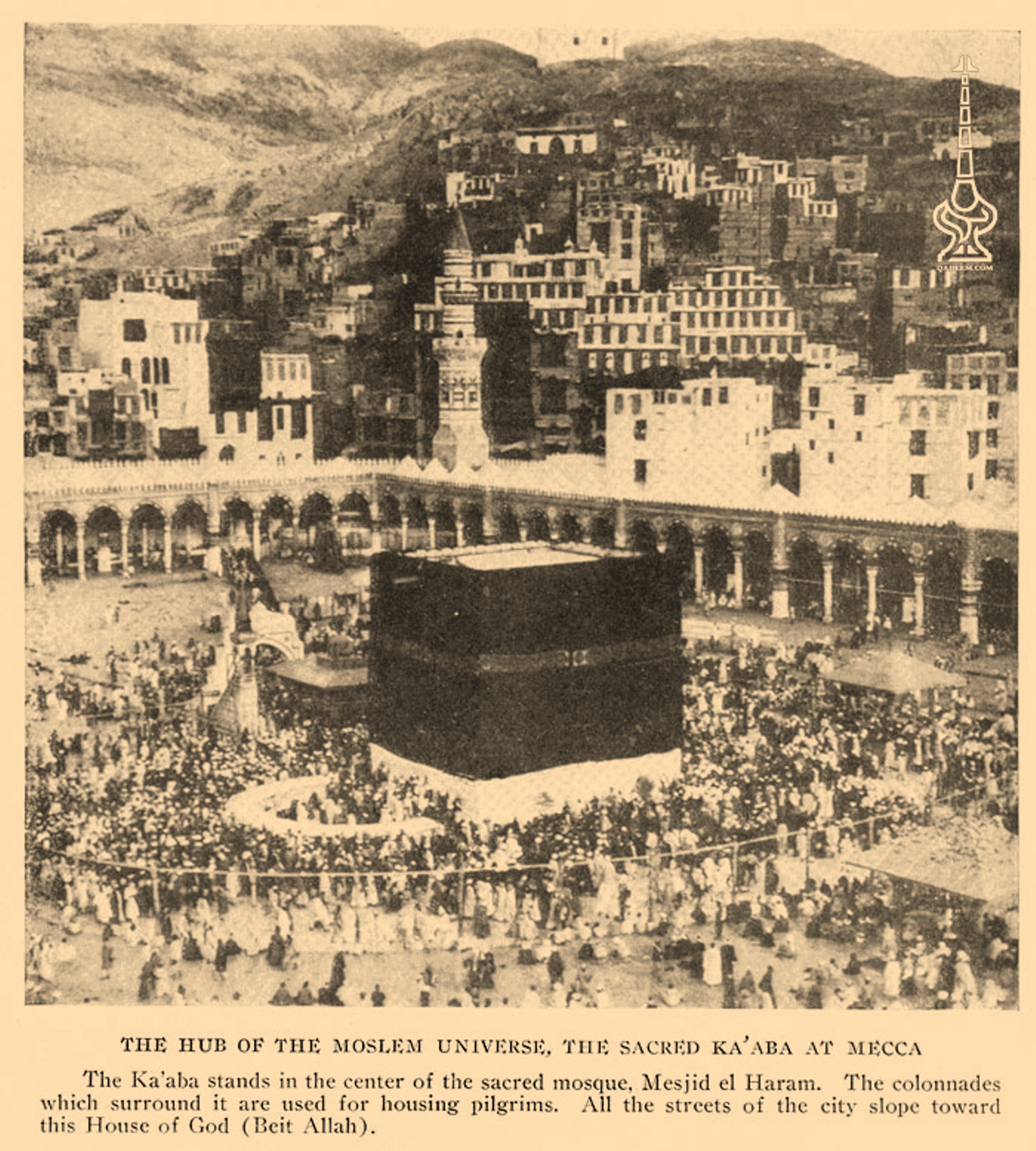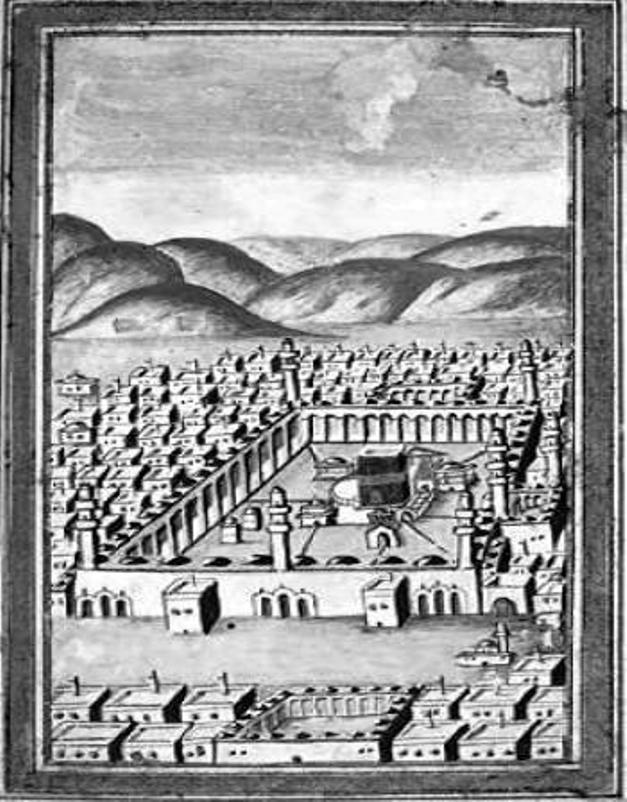al-Hasani
ELITE MEMBER

- Joined
- Feb 1, 2013
- Messages
- 14,060
- Reaction score
- 43
- Country
- Location
And thats what im judging, they shouldnt destroy historic sites, a hotel can be built everywhere but these historic sites are gone forever.
Rebuilding what? Whats so historic about these rebuilded sites then?
I have read that also many saudis are againt the destruction of history, they know what the price is, someday KSA will not have any historic buildings left if they continue like that, and then whats left are billion dolar buildings far away from the aesthetics of the old ones.
I just think that the saudi goverment is destroying invaluable history.
Anyways, lets agree on disagree.
Historical sites come and go. A 230 year old fortress does not really have a lot of historical value in the wider picture and no Islamic one. That fortress could not have remained there since Makkah is expanding and all those old areas, some in a poor state, will be gone in order to do that. There is no other solution. Please look at the link I gave you. It explains the situation.
Many historical sites have been rebuilt or built upon earlier historical sites whose traces are nearly gone across the world.
There are hundreds if not thousands of historical sites in KSA so such a aim would nearly be impossible. Whole provinces, villages etc. should have been ordered for destruction in order for that to be the case.
Serving the Muslim pilgrims and their needs will always rank higher than buildings. Makkah is not a museum city but a vibrant city with a population that exceeds 2 million.
Anyway as I wrote before then the discussion should be taken in another thread. You are welcome to dig up that old thread and we can discuss it there instead.

























